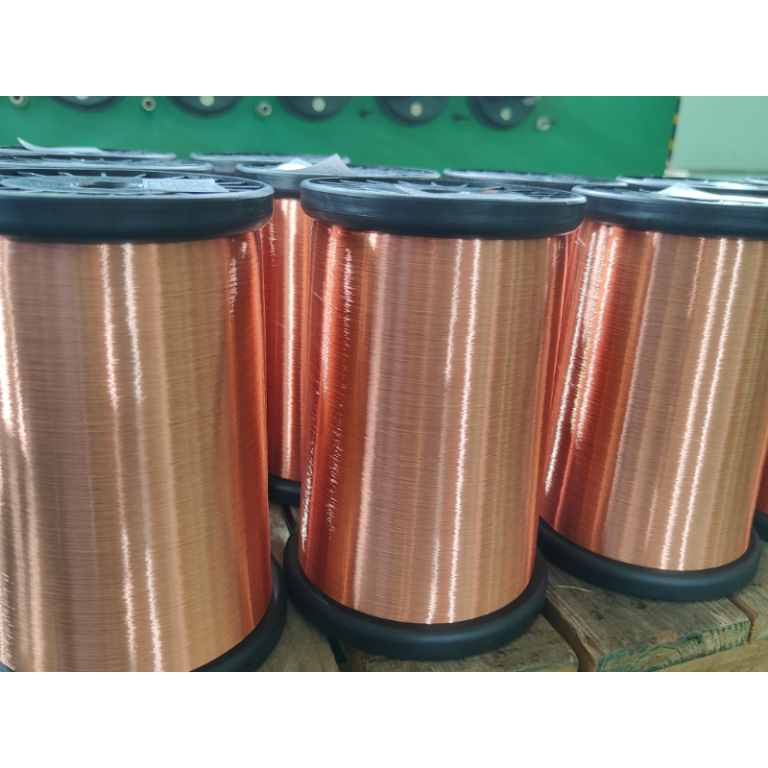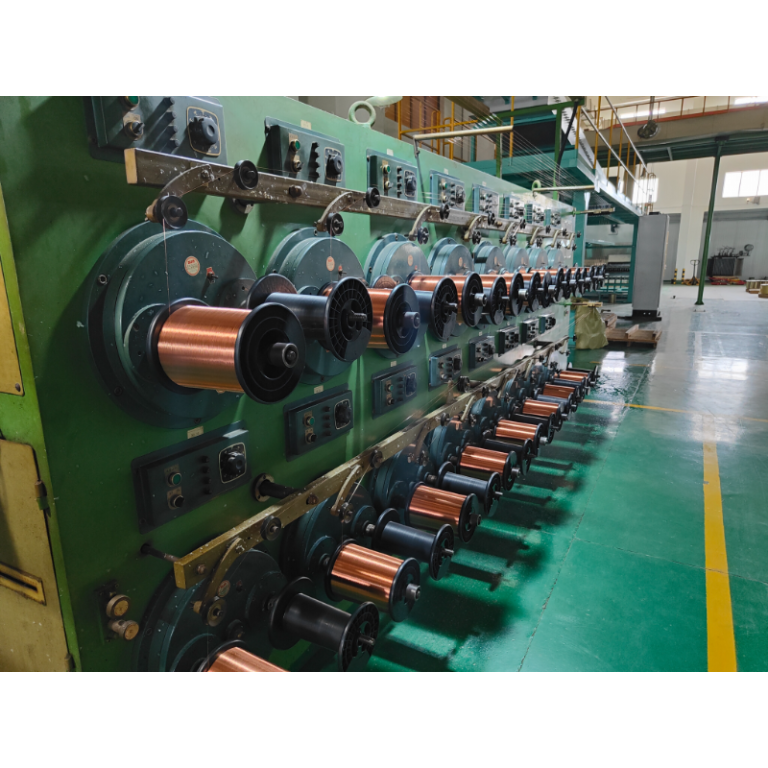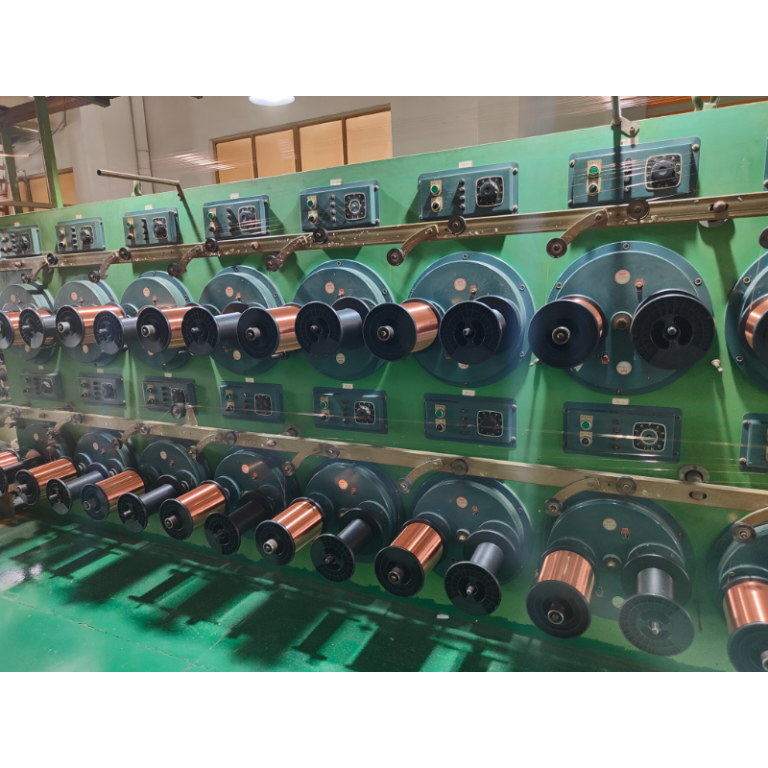Step-By-Step Guide To Enameling Process through horizontal
Enameling is a centuries-old technique that involves fusing powdered glass to metal to create a durable and colorful surface. There are several methods for applying enamel, one of which is the vertical enameling process. This technique involves suspending the metal object vertically and applying the enamel in layers, allowing gravity to help distribute the material evenly.
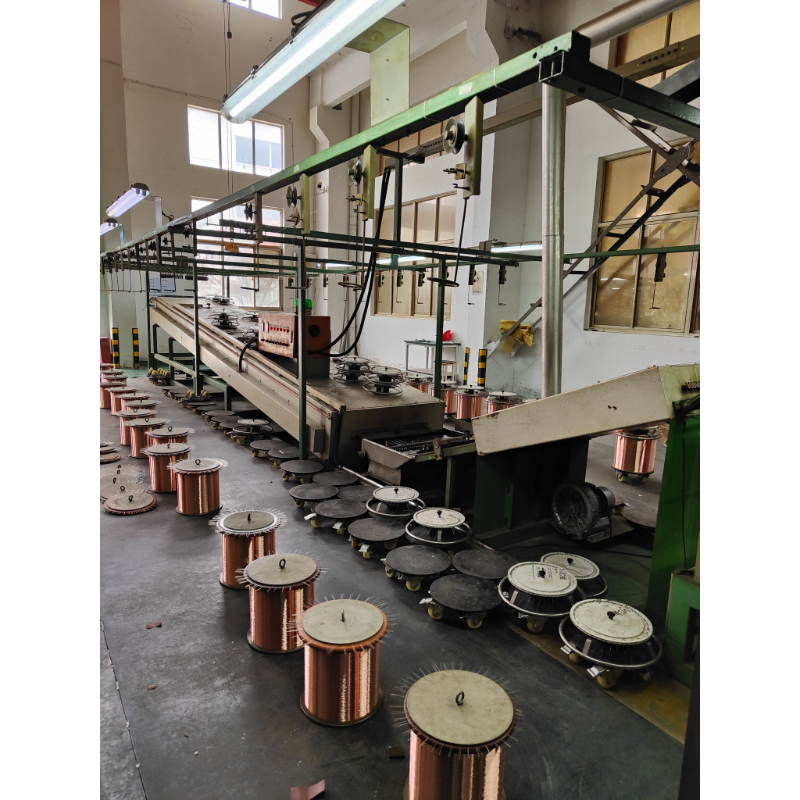
The first step in the vertical enameling process is to prepare the metal surface. This involves cleaning the metal thoroughly to remove any dirt, grease, or oxidation that could interfere with the adhesion of the enamel. The metal is then coated with a layer of flux, a clear enamel that helps the colored enamel adhere to the metal.
Once the metal is prepared, the next step is to apply the colored enamel. The Enameling Wire Production Line is typically applied in layers, with each layer fired in a kiln at high temperatures to fuse it to the metal. The vertical orientation of the metal allows gravity to help distribute the enamel evenly, resulting in a smooth and uniform surface.
After each layer of enamel is fired, the metal is removed from the kiln and allowed to cool before the next layer is applied. This process is repeated until the desired thickness and color intensity are achieved. The number of layers required will depend on the type of enamel being used and the desired effect.
Once the final layer of enamel has been applied and fired, the metal object is allowed to cool before being polished to a high shine. The vertical enameling process results in a durable and vibrant surface that is resistant to scratching and fading.This technique is particularly well-suited for objects with intricate designs or curved surfaces, as the enamel can flow into all the nooks and crannies of the metal.
Another advantage of the vertical enameling process is that it allows for the creation of unique effects and textures. By varying the thickness of the enamel layers or using different colors, artists can create a wide range of effects, from subtle gradients to bold contrasts. The vertical orientation of the metal also allows for the creation of interesting patterns and designs as the enamel flows down the surface.
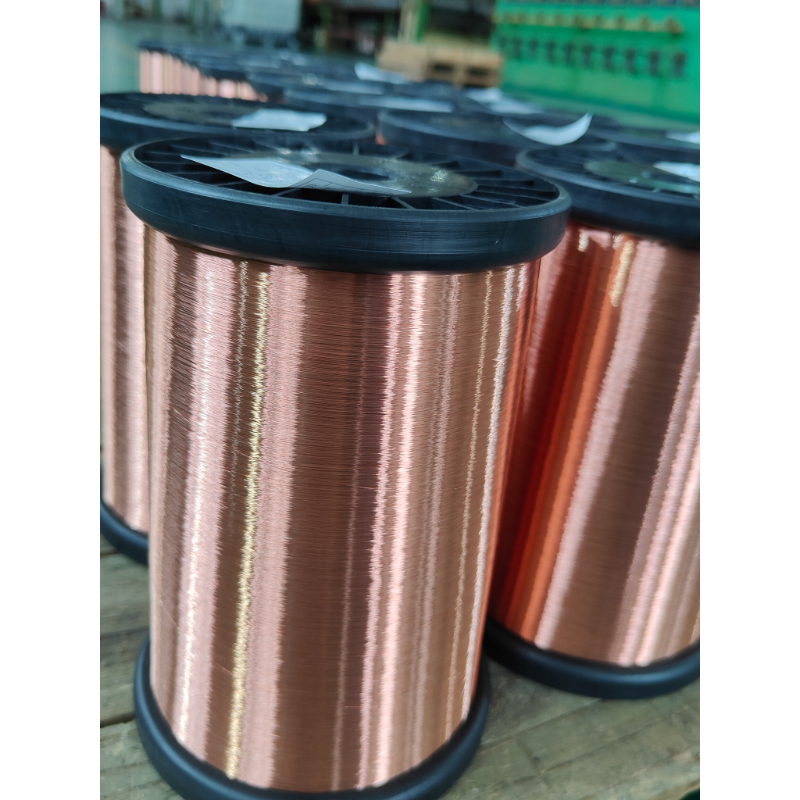
In conclusion, the vertical enameling process is a versatile and effective technique for creating colorful and durable enamel surfaces. By suspending the metal object vertically and applying the enamel in layers, artists can achieve a smooth and even finish with greater control over the distribution of the enamel. This technique allows for the creation of unique effects and textures, making it a popular choice for artists and craftsmen alike.

